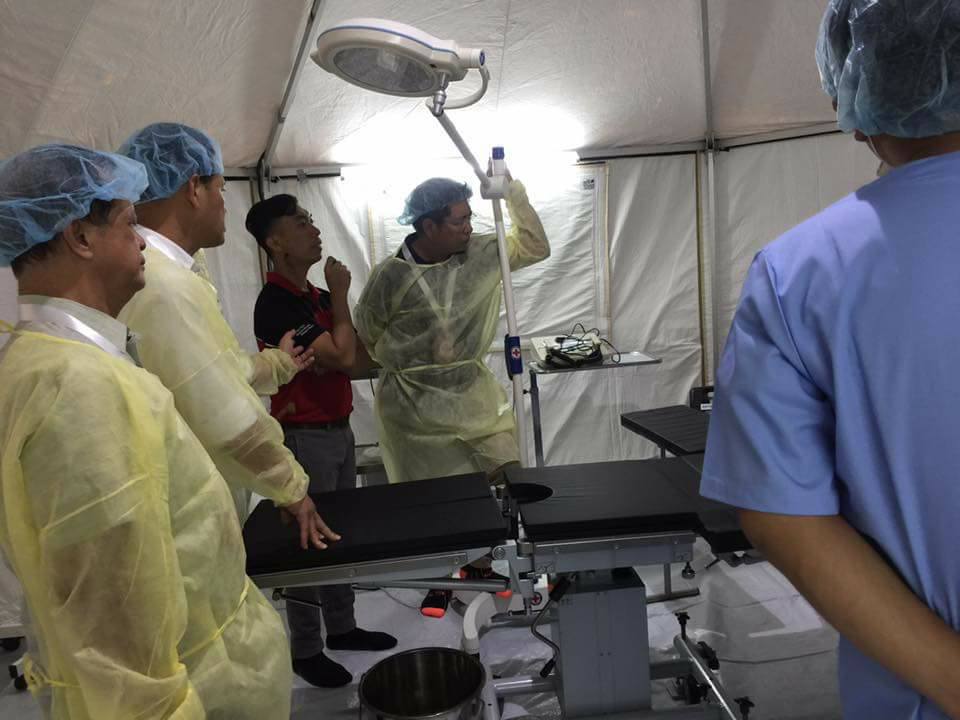
MANILA — Trauma remains one of the leading causes of death in the country despite the increased availability of life-saving equipment and ambulances in most hospitals, an expert said on Tuesday.
In a press briefing, Philippine College of Surgeons (PCS) President Alejandro Dizon explained that the important factor in this scenario could be the appropriate training of medical professionals in handling trauma cases.
“What’s important here is you’re able to initiate the treatment during the ‘golden hour’, that by doing so you can make a difference in the person, that is the patient surviving or the patient dying, and also prevent disability,” he said.
Dizon added trauma patient care is very much different from basic life-support training.
“CPR (cardiopulmonary resuscitation), basic resuscitation techniques address patients who are unconscious or in cardiac arrest. The other is for immediate treatment and resuscitation of trauma patients. There are specific things you need to do to a trauma patient. The biggest problem of injury and death, among them, is loss of blood and organ damage due to the trauma,” he said.
According to the latest data of the Department of Health (DOH), death due to accidents is fifth among the 10 causes of mortality among Filipinos.
Around 36,329 people died from all forms of accidents in 2010. This figure translates to 38.6 percent rate for every 100,000 Filipinos.
The DOH institutionalized the Violence and Injury Prevention Program following the issuance of Administrative Order (AO) 2007-0010 National Policy on Violence and Injury Prevention.
The AO aims to reduce mortality, morbidity, and disability due to road traffic injuries, interpersonal violence like bullying and torture, falls, occupational and work-related injuries, burns and fireworks-related injuries, drowning, poisoning and drug toxicity, animal bites and stings, self-harm or suicide, and sports and recreational injuries.
Dizon said trauma patient care training is usually offered in the United States and its nearby regions, and it is quite expensive as it entails travel costs on top of the enrolment costs.
“We made an effort on this to make the Philippines one of the few countries providing this course and 16 of our members initially took it and eventually were able to develop the faculty to teach it. In fact, because of our quite reasonable cost rate we are getting (from) some enrollees from the region, so some (medical practitioner) who thought of getting the course in Singapore find out it is cheaper to take it in the Philippines,” he added.